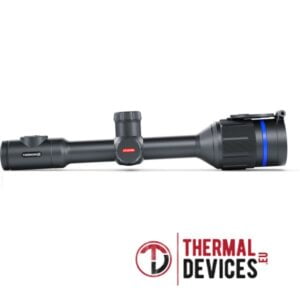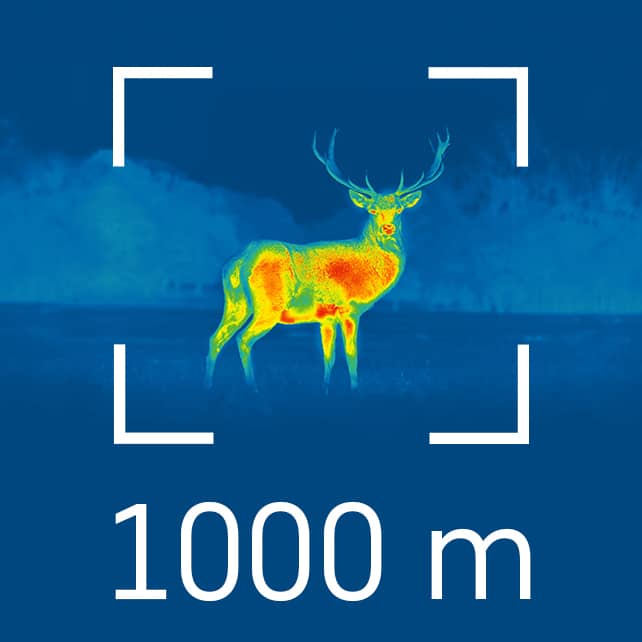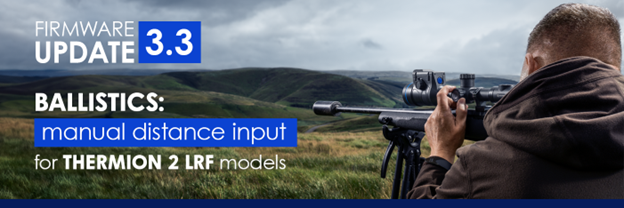Have you ever wondered why Pulsar devices have such detailed names? Each model follows a specific logic, with letters and numbers indicating certain functions or features, and we’re here to help you decipher them. After reading this guide, you will no longer be confused by terms like Thermion 2 LRF XP50 Pro. Are you ready? Let’s start cracking some codes!

The family tree
Pulsar devices are organized into families, each serving different needs and preferences. From the Axion pocket monoculars, known for their compactness and affordability, to the Helion line, which was the flagship series for years, now replaced by the newly created Telos line, which introduces an upgrade option.
The Merger line offers a classic design with powerful capabilities for those who prefer binoculars. And the Krypton and Proton families are universal thermal attachments or monoculars, depending on the model.
The Pulsar collection also includes rifle scopes. The Talion series is favored for its compact design, the Thermion recalls classic day scopes with a familiar feel, and the Digex is designed for those who prefer night vision technology.
In addition, the unique Duo line introduces multispectral devices, including dual-channel binoculars and scopes, adding yet another capability to Pulsar’s diverse offerings.
Guessing the names
Now let’s look at what the letters and numbers in each name mean:
● First Word/Family Name: This indicates the series of the device, such as Thermion for scopes or Telos for monoculars.
● Number: when you see a 2 after the family name, it means it’s a second-generation model offering upgraded features over its predecessor.
● Duo: the term Duo indicates multispectral vision capabilities, combining different imaging technologies in a single device. Simply put, devices that have two channels. A good example is the Merger Duo NXP50 multispectral binoculars, which include both thermal and night vision.
● LRF: a device whose name contains LRF means that it has a built-in laser rangefinder for convenient distance measurement.
● Sensor codes (XG, XQ, XP, XG, XL): these letters indicate the type of sensor and its capabilities.
XQ: 384×288 @ 17 µm for standard definition.
XG: 640×480 @ 12 µm for sharper images.
XP: 640×480 @ 17 µm for clarity and performance.
XL: 1024×768 @ 12 µm for the highest HD definition.
Specialized sensors:
DXP: Combination of a 4K day camera with a thermal XP sensor.
NXP: Combination of HD night vision with XP sensor.
● Focal length numbers (35, 38, 50, 55): These numbers represent the focal length of the thermal lens in millimeters, which affects the field of view and zoom capabilities. For example, the Telos LRF XP50 has a focal length of 50mm.
● Pro: If the device ends with Pro, it means a professional model with improved sensitivity, specifically NETD below 18mK or 25mK for better image clarity in harsh weather conditions.
Why is it important?
It’s not that hard, is it? Understanding the Pulsar names is essential to choosing the perfect unit. So you get a device that fits you like a glove, whether it’s hunting or outdoor adventures. The right sensor or a handy laser rangefinder can be the difference between success and disappointment.
So, whether you’re a hunter, a nature enthusiast, or just want to make sure you know what the appliance names mean, you can understand the Pulsar family, making it easy to find the technology that’s right for you.


